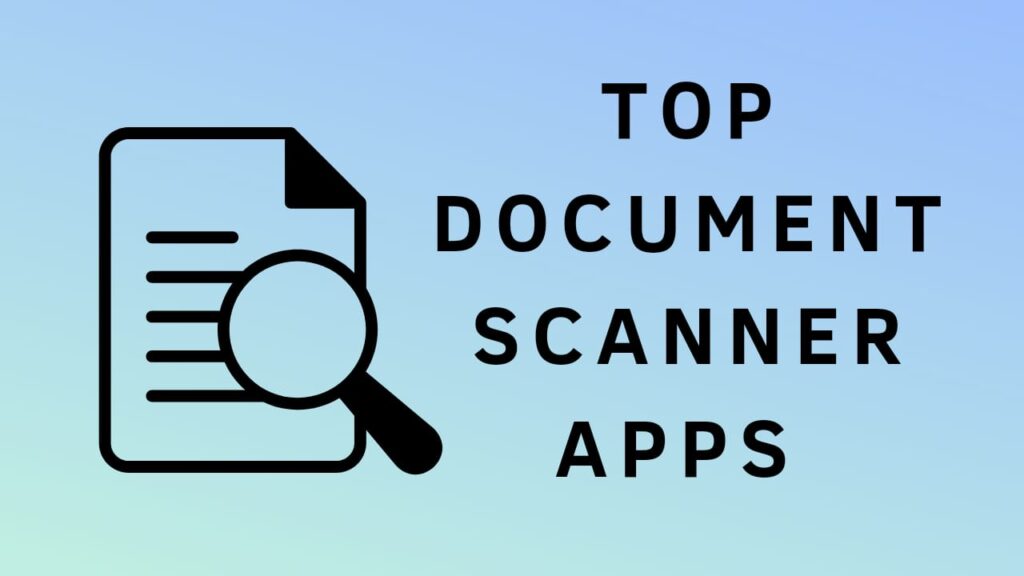Did you know that the artificial intelligence (AI) education market is expected to grow at a compound annual growth rate of 36% from 2022 to 2030? As we approach 2024, AI stands at the forefront of a revolutionary change in training and education. Traditional teaching methods are being transformed and replaced by intelligent algorithms. In this step-by-step guide, we’ll explore how to Create Online Courses Using AI that are educational, engaging, and effective.

The Rise of AI in Education
The influence of AI in education is more significant than ever. AI algorithms can analyze patterns, preferences, and performance to tailor training content, making learning more adaptive and responsive to user needs. Here are some key advancements:
- Customized Learning Experiences: AI adjusts to individual learning patterns, ensuring that learners are neither under-challenged nor overwhelmed. This boosts learning efficiency and engagement.
- Streamlined Administrative Tasks: AI automates administrative duties like grading and planning, freeing educators from tedious paperwork.
- Real-Time Updates: AI keeps training content relevant by automatically updating it with the latest information.
- Predictive Insights: By analyzing data patterns, AI predicts performance and identifies learning gaps.
Getting Started: Understanding AI in Course Creation
Before diving into course creation, let’s understand AI’s core concepts:
- Machine Learning: AI systems learn from data and improve over time. When creating courses, this means AI algorithms adapt to training patterns and customize content.
- Natural Language Processing (NLP): NLP helps AI understand and generate human language. It’s crucial for creating engaging course materials.
- Predictive Analytics: AI predicts outcomes based on historical data. In course creation, it helps identify effective teaching methods.
Benefits of Using AI in Course Creation
One of the primary advantages of utilizing AI in course design is the ability to personalize learning experiences for students. AI algorithms can analyze learner data, such as performance metrics and engagement levels, to tailor course content to individual preferences and skill levels. This not only improves student satisfaction but also boosts learning outcomes.
Another benefit of AI-powered course creation is the efficiency and scalability it offers. With AI tools, course creators can automate various tasks, such as content curation, assessment grading, and feedback generation. This allows educators to focus more on developing high-quality learning materials and engaging with students, rather than mundane administrative tasks.
Step-by-Step Guide To Create Online Courses Using AI
1. Establish the Foundation
Whether you’re building a brand-new course or updating an existing one, start by defining your objectives. Consider:
- Learning Goals: What do you want learners to achieve?
- Target Audience: Who will benefit from this course?
- Content Scope: What topics will the course cover?
2. Provide Context
Use existing materials or create new ones. Consider:
- Course Materials: Gather files, presentations, and resources.
- Contextualize: Explain how each piece fits into the course.
3. Add, Review, and Optimize Content
Now it’s time to create content using AI tools:
- Content Generation: AI-powered tools can help you create course descriptions, outlines, and drafts.
- Customization: Tailor content to learner preferences using NLP and predictive analytics.
- Feedback Loop: Continuously review and optimize content based on learner interactions.
4. Engage Learners
Make your course interactive and engaging:
- Multimedia: Use videos, quizzes, and interactive elements.
- Personalization: AI can recommend personalized learning paths.
- Feedback Mechanisms: Collect feedback and adjust content accordingly.
5. Evaluate and Improve
Monitor course performance:
- Analytics: Use AI to track learner progress and identify areas for improvement.
- Iterate: Regularly update content based on insights.
Tools and Software for AI-Powered Course Creation
Several tools and software are available for educators and course creators to leverage AI in course design. Platforms like Coursera, Udemy, and Khan Academy offer AI-powered features, such as personalized recommendations, automated grading, and adaptive learning systems. These tools make it easier for educators to create engaging and effective courses that meet the needs of diverse learners.
Case Studies of Successful AI-Driven Courses
Numerous educational institutions and organizations have successfully implemented AI in course creation to enhance student learning outcomes. For example, Georgia Tech University uses AI algorithms to personalize course content and assessments for students, resulting in higher retention rates and improved student satisfaction. Similarly, Duolingo utilizes AI technologies to provide personalized language learning experiences for users worldwide.
Challenges and Limitations of Using AI in Course Design
While AI offers numerous benefits in course creation, challenges and limitations must be considered. One of the primary concerns is the potential bias in AI algorithms, which can lead to inaccurate assessments and recommendations. Additionally, there is a need for continuous monitoring and evaluation of AI-powered courses to ensure they align with educational standards and best practices.
Ethical Considerations in AI-Powered Education
As AI technologies continue to evolve, educators and course creators need to uphold ethical standards in the use of AI in education. This includes transparency in AI algorithms, data privacy protection, and ensuring fair and unbiased access to educational opportunities for all learners.
Future Trends in AI and Course Creation
Looking ahead, the future of AI in course creation looks promising, with advancements in natural language processing, machine learning, and predictive analytics. AI technologies will continue to play a key role in personalizing learning experiences, improving learning outcomes, and enhancing the overall quality of education.
Conclusion
In conclusion, creating courses using AI offers numerous benefits, including personalized learning experiences, efficiency, scalability, and enhanced student engagement. By leveraging AI technologies effectively, educators can develop high-quality, interactive courses that meet the needs of diverse learners and drive better learning outcomes.
FAQs:
- What are the key advantages of using AI in course creation?
- AI in course creation offers personalized learning experiences, efficiency, scalability, and enhanced student engagement.
- What tools and software are available for AI-powered course creation?
- Platforms like Coursera, Udemy, and Khan Academy offer AI-powered features for educators and course creators.
- What are the challenges of using AI in course design?
- Challenges include bias in AI algorithms, monitoring and evaluation of AI-powered courses, and ethical considerations.
- How can AI improve student learning outcomes?
- AI can analyze learner data, personalize learning paths, provide interactive simulations, and offer real-time feedback to enhance learning outcomes.
- What is the future of AI in course creation?
- Future trends in AI include advancements in natural language processing, machine learning, and predictive analytics for personalized learning experiences.
For More Information Of AI Tools Visit Our Website












